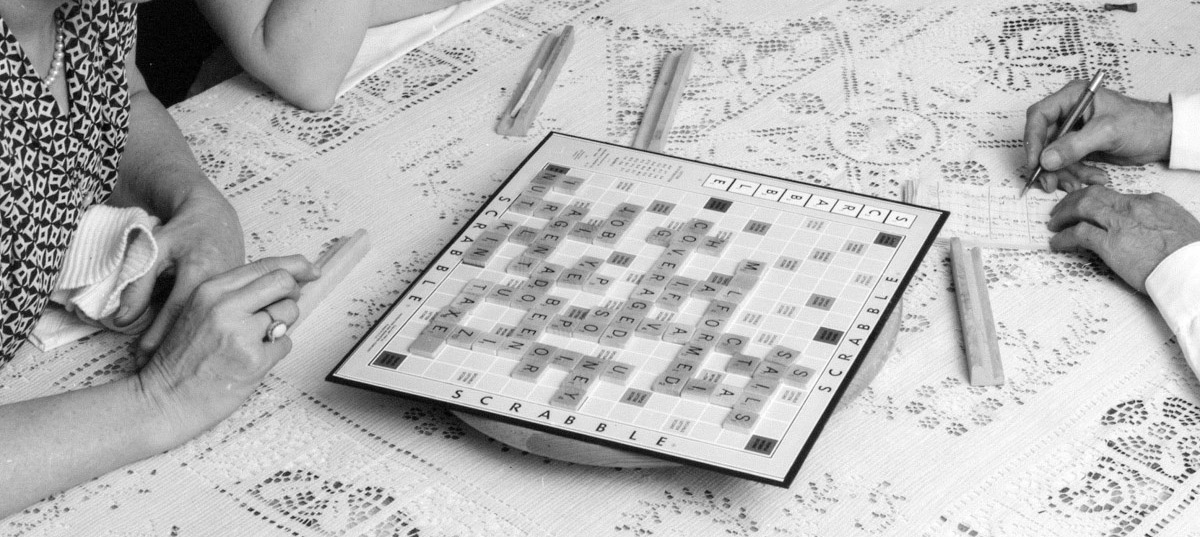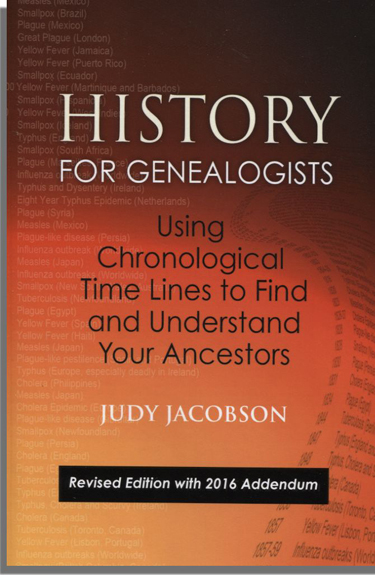
By Denise R. Larson
Though it can be said that our ancestors did not have the economic advantages that most of us enjoy today, that doesn’t mean their lives were completely humdrum and colorless. They had their fun, too.
A chapter in the second edition of Judy Jacobson’s History for Genealogists: Using Chronological Time Lines to Find and Understand Your Ancestors gives hints on how average people in past centuries filled their free time with hobbies, entertainments, sports, and social gatherings. Was your great-grandfather a member of the Masons or Odd Fellows? Did your grandmother march for women’s suffrage or in favor of prohibition?
Genealogy was and still is a favorite hobby and pastime, and the recording of births, marriages, and deaths can be approached in creative ways. The pedigree charts typically used by genealogists to plot a person’s parents, grandparents, etc., are a generational timeline. A genealogist I once met diagramed his family lineage on a white window shade. He slowly unrolled it to show me generation after generation of his ancestors. Easily portable, he understandably was very proud of his ingenious family timeline.
Other kinds of timelines can assist in genealogical research. A timeline of fashion can help date a photograph through examination of the clothing that the people in the picture are wearing and matching it to known styles worn by men, women, and children during certain fashion eras. Is there an early Singer sewing machine in the photo? Or a dime novel lying on the table? The date of the earliest appearance of these items can be found in timelines of inventions and amusements.
We all talk about the latest movies and discuss television programs. Some of our favorite quotes come from dialogues in them. Decades ago, households gathered around the radio in the evenings or walked or took the bus to the theater to spend thirty-five cents to see a movie and have a few hours of relaxation in town. Knowing what the most popular radio shows and movies were at the time family members were growing up and starting families adds a colorful dimension to their personal stories.
History for Genealogists includes a chapter, “Social History and Community Genealogy,” that discusses associations, diaries, journals, and correspondence. Even if there is no date on a letter or photo, timelines of inventions or trademarks can help approximate the age of the object. Does an undated Christmas card written by an elderly aunt mention a new game called Scrabble or does the game appear in a snapshot? Scrabble was invented by an unemployed architect and first marketed in the 1930s, so the letter could not have been written nor the photo taken before then.
Little clues about everyday lives can help date memorabilia and fill out a person’s life story, revealing much more than just the names, dates, and locations written on a pedigree chart.
As Judy Jacobson wrote in History for Genealogists, there’s more to a person than a dot on a map or a line on a chart: “To a genealogist, the names and dates of a person’s life are skeleton bones. The places of birth, death and marriage are the muscle that give us something with which to work. The family, the community, the religion are the support systems or skin that holds the person together. But the high points and the low points of a person’s life are the soul.”






Comments are closed.